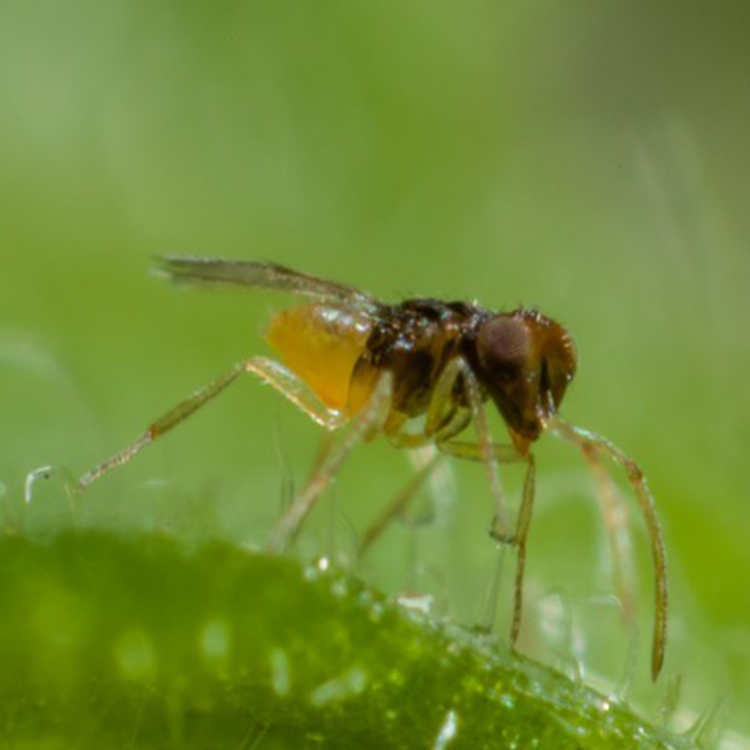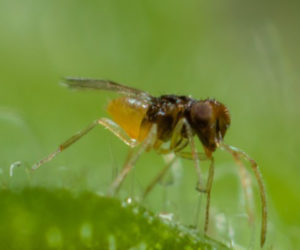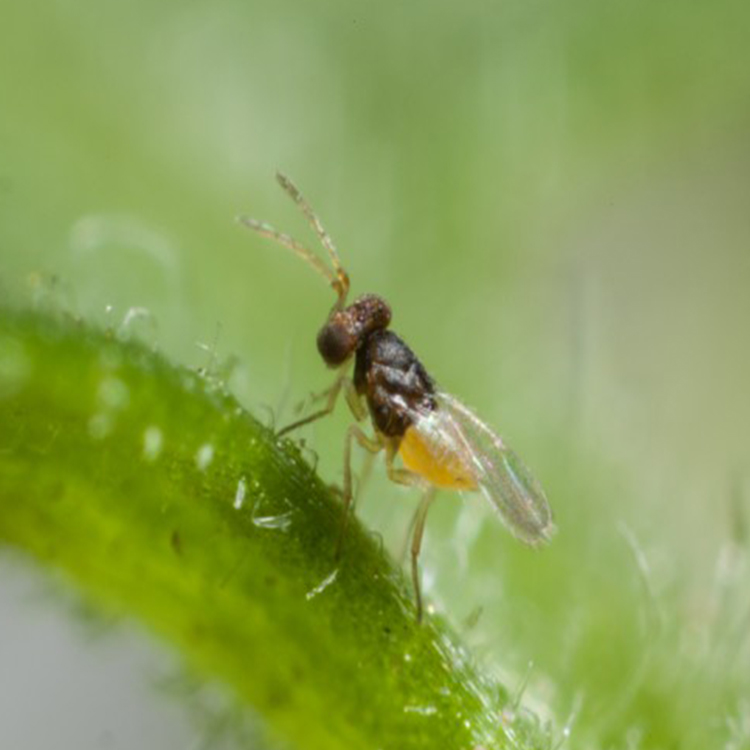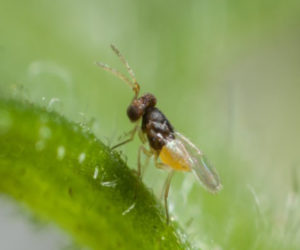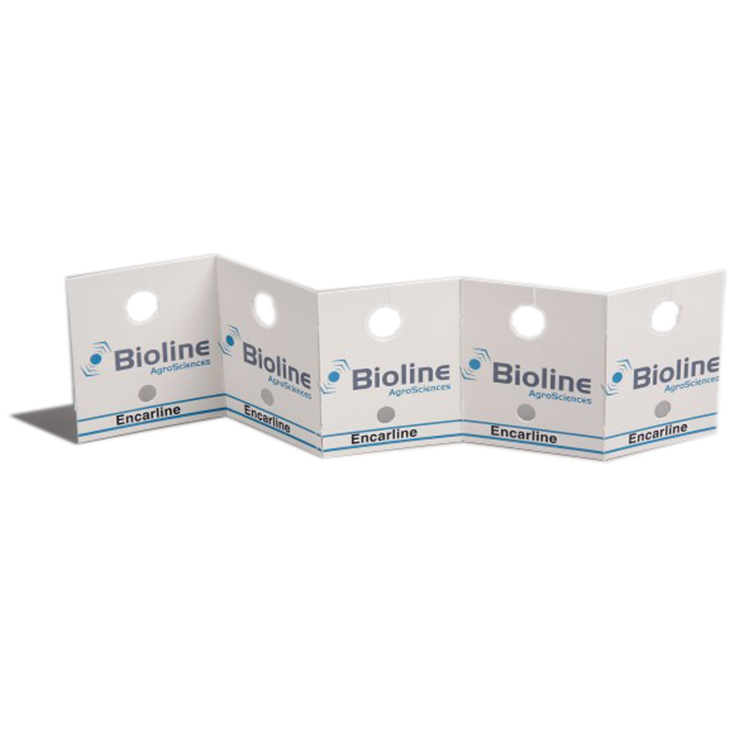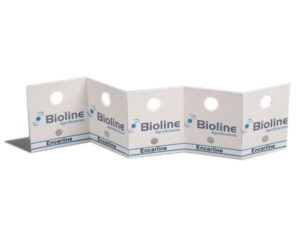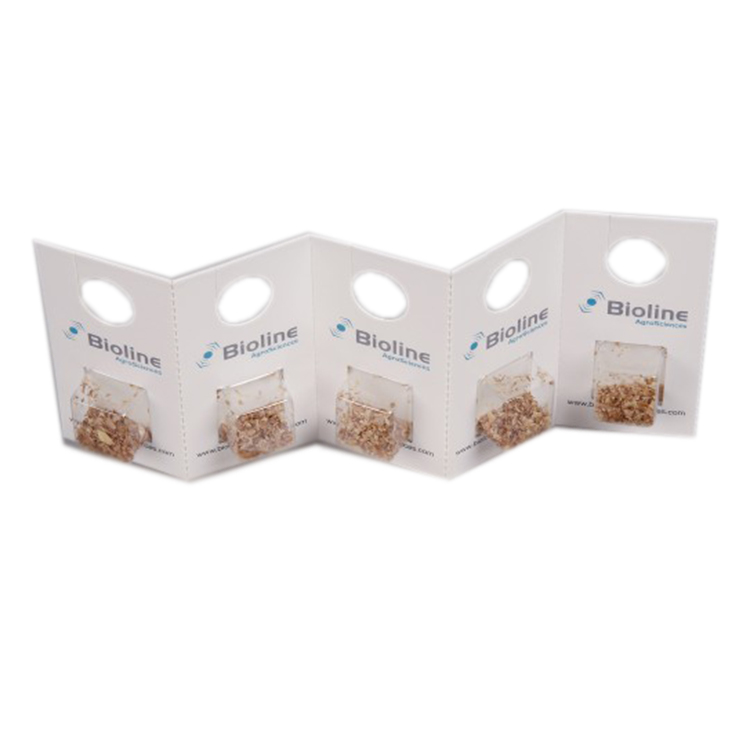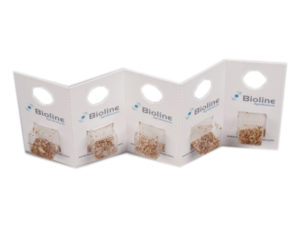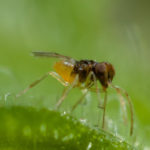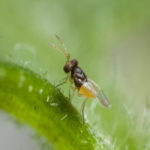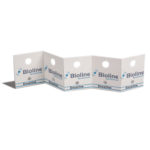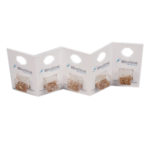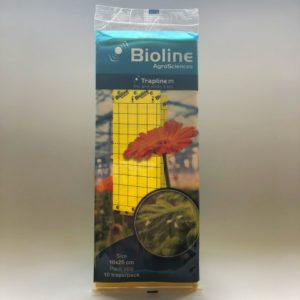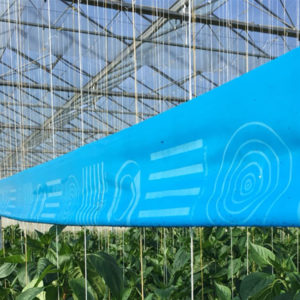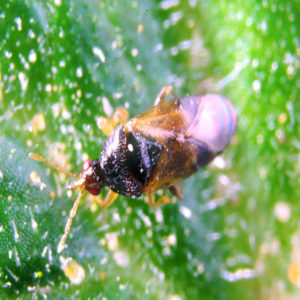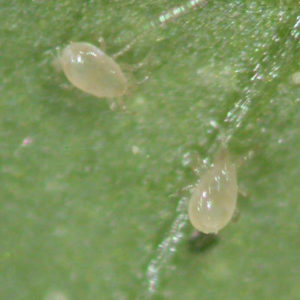Description
![]()
Encarline contains the hymenopterous parasitoid, Encarsia formosa. This almost exclusively female species has become a fundamental component of biocontrol for Greenhouse Whitefly (Trialeurodes vaporariorum). The adult wasps parasitise third and fourth larval stages of whitefly, whilst also attacking younger larval stages for host feeding. The parasitoid has high emergence rates and is easy to detect in crop because the parasitised host larvae turn black. Encarline can be used with Eretline which target a wider range of whitefly species, making these two products highly complementary. The two species are also available as a Encarline mix.
Target Crops » All crops
Target Pest » Glasshouse Whitefly (Trialeurodes vaporariorum)
Target Life Stage » Juvenile
Delivery Systems » Cards & Vials
Key Features
- High emergence rates.
- Easy to detect in crop because the parasitised scales are black.
- Parasite pupae are fixed within a “well” on a card with the thickness of the card protecting them from physical damage in transit. This ensures top quality pupae from which the maximum number of parasites will emerge into the crop.
Target Pests
- Greenhouse whitefly
How It Works
- Prefers relatively cool conditions. Optimum temperature range is 20-25°C / 68-77°F. Egg stage to emergence of wasps is 25 days at 21°C / 70°F.
- Pupae attached to the card produce adult female Encarsia for at least a week after they are hung in the crop. Each of these wasps moves through the crop searching for whitefly larvae (also known as “scales”).
- When an appropriate host larva (third and fourth instar) is found, female wasps insert an egg into it. When the Encarsia egg hatches, the larva consumes the whitefly from within.
- Female wasp will kill more whiteflies than she parasitizes. In cases where she does not insert an egg into the host, she feeds on it, which increases her longevity and the number of eggs she can lay during her life.
Available delivery systems
- Supplied as parasitized scales attached to cards, which are hung in the crop where they hatch out and attack whiteflies.
- Each card will produce a minimum of 60 female wasps.
- Parasite pupae are protected in card recess.
- Cards available in quantities of 100 or 250 per case.
Handling & Storage
Instructions for Card use
- Open the box in the greenhouse.
- Separate individual cards by tearing strips along perforations.
- Always handle cards by the tops. This prevents damage to Encarsia in the card recess circle.
- Tomatoes and Cucumbers:
- Hang cards in a shady position amongst crop foliage, midway in crop canopy.
- Distribute cards uniformly throughout crop.
- For high wire systems of tomatoes, be aware of the effect that deleafing might have on the development of the wasp population in the crop.
- Greenhouse ornamentals:
- Place or hang cards in a shady position level with lower leaves.
- Avoid contact with growing media.
- Distribute cards uniformly throughout crop.
- For advice on recommended release rates, consult The Bioline App.
Storage and transport
- Use within 18 hours of receipt.
- If not using immediately, keep in outer box in a cool place (5-10°C).
- Keep out of direct sunlight.
